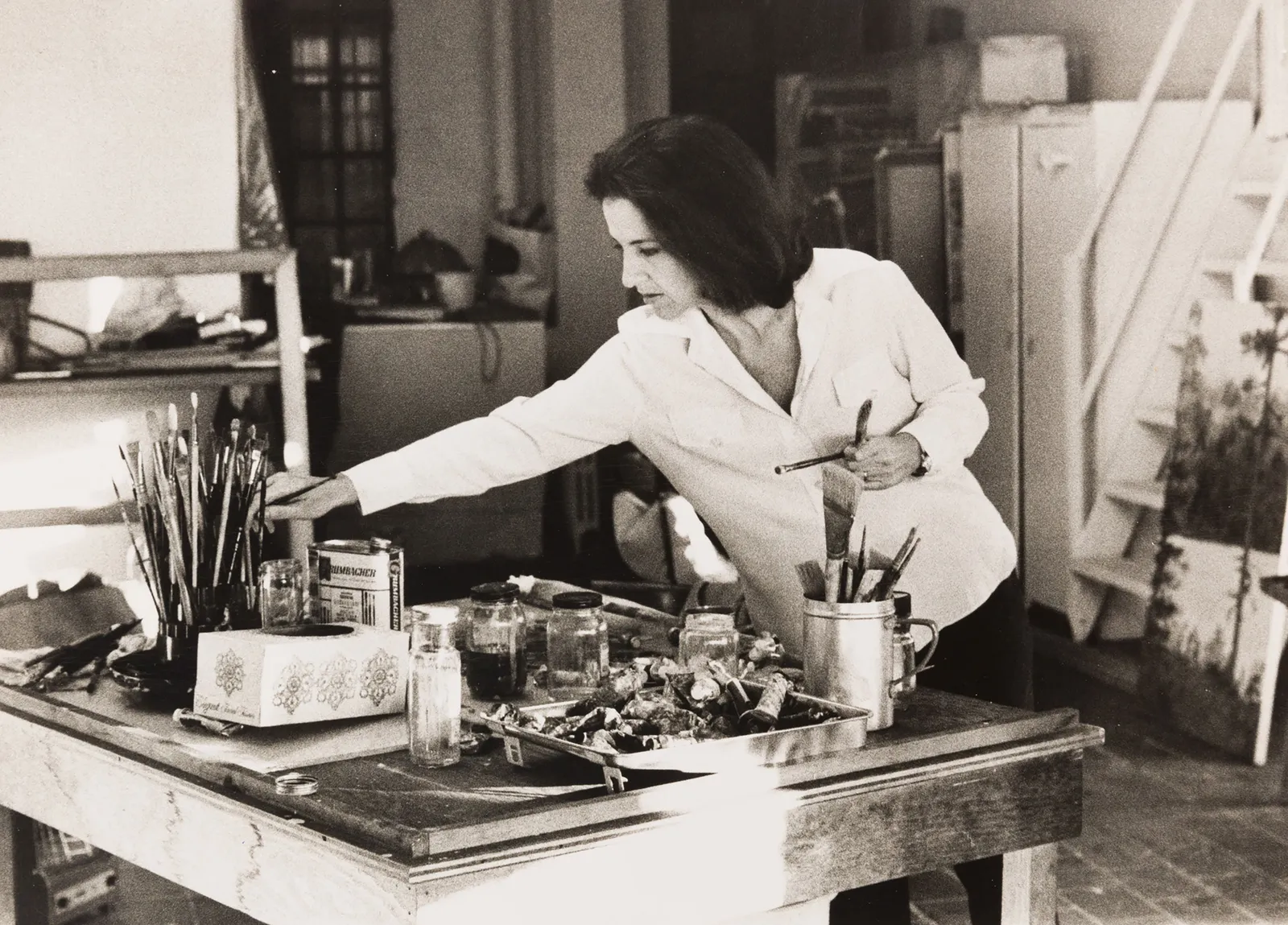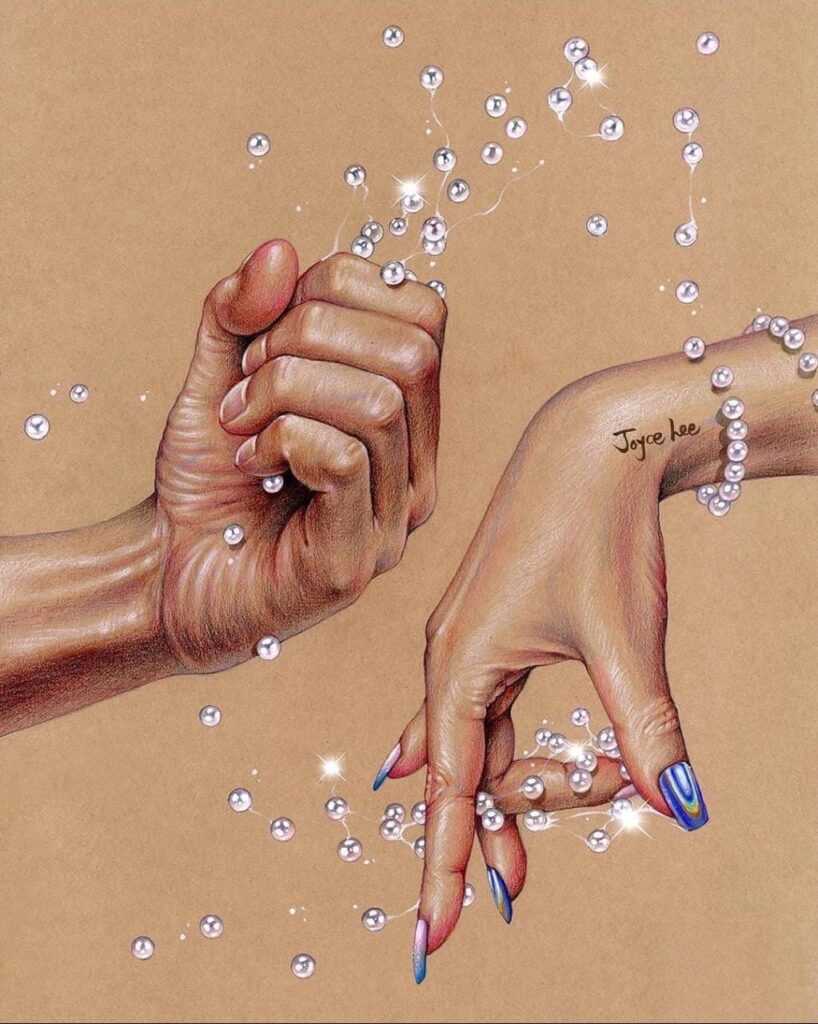
Building a Successful Art Business: Strategies and Best Practices For Artists


In this article you will learn about all these things as follows:
- Developing a unique artistic style is crucial for building a successful art business.
- Building a strong brand identity is important to attract and retain customers.
- Networking and building relationships with collectors, galleries, and other artists can help expand your reach and build your reputation.
- Managing finances and pricing work fairly is essential for building a sustainable and profitable art business.
- Starting an art business can present challenges such as limited resources, competition, and market saturation.
- Converting your art business can involve expanding into new markets, creating new products and services, partnering with other businesses, and creating a unique value proposition.
- Utilizing technology and social media can help increase visibility and reach a wider audience.
- Ongoing education and professional development can help artists stay current and relevant in the industry.
- Passion, perseverance, and a willingness to take risks are essential qualities for building a successful art business.
So now let’s get into the article,
Artists face unique challenges when it comes to building a successful business. While creativity and artistic skill are essential, artists must also develop the entrepreneurial skills needed to market and sell their work. In this article, we will explore some of the best strategies and practices for building a successful art business, from branding and networking to pricing and financial management.

The Potential of Converting Your Artistic Talent into a Business
Art businesses have a lot of potential to grow and evolve, and converting your art business into something new can be a smart way to take advantage of these opportunities. Here are some of the ways that artists can convert their art businesses:
a- Expand into New Markets
One way to convert your art business is to expand into new markets. For example, if you primarily sell paintings, you could consider expanding into sculpture or other art forms to reach a broader audience. You could also explore selling your art internationally, collaborating with other artists or businesses, or exhibiting in new venues.
b- Create New Products or Services
Another way to convert your art business is to create new products or services. For example, you could design and sell art prints, create a line of art-inspired products, or offer workshops or classes to teach others your artistic techniques. By diversifying your offerings, you can reach new customers and generate additional revenue streams.
c- Focus on Digital Sales and Marketing
In today’s digital age, it’s more important than ever for artists to have a strong online presence. By focusing on digital sales and marketing, you can expand your reach and connect with customers from around the world. Consider creating an online store, using social media to promote your work, or investing in online advertising to drive traffic to your website.
d- Create a Licensing or Royalty Model
If you have a unique artistic style or brand, you could consider creating a licensing or royalty model. This involves licensing your artwork to other businesses or manufacturers for use on products, such as home decor or apparel. In return, you receive a percentage of the profits. This can be a passive income stream that allows you to earn money from your art without actively selling it.
Converting your art business into something new can be a smart way to take advantage of the many opportunities available to artists. Whether you expand into new markets, create new products or services, focus on digital sales and marketing, partner with other businesses, or create a licensing or royalty model, there are many ways to grow and evolve your art business. By staying open to new ideas and opportunities, you can create a successful and fulfilling art business that supports your artistic vision and provides a stable income.
Effective Strategies for Building Art Business
Building a successful art business is not an easy task, but it can be incredibly rewarding both creatively and financially. Whether you’re an emerging artist just starting out or a seasoned professional looking to take your business to the next level, there are several key strategies you can use to build a thriving art business.
Developing a unique artistic style involves experimenting with different techniques and mediums until you find your signature style that resonates with your audience. Let’s explore the strategies for building your art business:
1. Develop a Strong Brand Identity
One of the first steps in building a successful art business is developing a strong brand identity. This includes creating a unique visual style, a clear mission statement, and a consistent message across all of your marketing materials. Your brand identity should be reflective of your artistic style and values and should help you stand out from other artists in your field.

2. Network and Build Relationships
Networking is an essential part of building any successful business, and the art world is no exception. Attend art events, join artist associations, and connect with other artists and industry professionals through social media and online forums. Building strong relationships with collectors, gallerists, and curators can help you gain exposure, secure commissions, and sell your work.
3. Diversify Your Income Streams
Relying solely on the sale of original artworks can be challenging, especially for emerging artists. Diversifying your income streams by offering prints, merchandise, workshops, or licensing agreements can help you create a more stable and sustainable business. Consider selling your work online through platforms like Etsy or Society6 or partnering with other businesses to create collaborative products.
4. Invest in Marketing and Promotion
Marketing and promotion are critical for artists to gain exposure and attract potential buyers. Develop a comprehensive marketing strategy that includes social media, email marketing, and traditional advertising methods like print and radio ads. Consider partnering with other artists or businesses to host joint exhibitions or events that can help you reach a wider audience.
5. Set Clear Pricing and Payment Policies
Pricing artwork can be challenging, but it’s essential to set clear and consistent pricing policies. Consider factors like the time and materials required to create your work, your experience and reputation as an artist, and the demand for your work in the market. Be transparent about your pricing and payment policies with clients to avoid confusion and ensure that you are fairly compensated for your work.
6. Maintain a Professional Online Presence
In today’s digital age, having a professional online presence is essential for any business, including art businesses. Create a website or online portfolio that showcases your work, includes information about your background and artistic philosophy, and provides clear contact information. Keep your website and social media profiles up-to-date and engaging to attract potential clients and build your brand.

(Source)
7. Collaborate with Other Artists and Businesses
Collaborating with other artists or businesses can help you expand your network, gain exposure, and create exciting new projects. Consider partnering with other artists to create joint exhibitions or works of art, or collaborating with businesses to create custom commissions or products. These collaborations can help you gain valuable experience and exposure while building relationships that can lead to future opportunities.
8. Stay Organized and Track Your Finances
Running a successful art business requires a great deal of organization and financial management. Keep track of your income and expenses, maintain accurate records of your sales and commissions, and develop a budget for your business expenses. Consider using accounting software or hiring a professional accountant to help you stay on top of your finances and ensure that your business is profitable.
Challenges to Start an Art Business
Starting an art business can be an exciting and rewarding experience, but it also comes with its fair share of challenges. Here are some of the most common challenges that artists face when starting an art business:
Ø Finding your Niche
With so many talented artists in the world, it can be challenging to find your unique artistic voice and style. Developing a distinctive style and aesthetic that sets you apart from other artists can take time and experimentation, but it’s essential to stand out in a crowded marketplace.
Ø Building a Brand
Creating a strong brand identity is critical for any business, including art businesses. However, developing a clear and cohesive brand can be challenging for artists who are more focused on their artistic expression than their marketing strategy. Branding involves creating a visual identity, a mission statement, and a consistent message across all marketing materials, and it can take time to develop.
Ø Finding the Right Market
Finding the right market for your art can be one of the most significant challenges when starting an art business. Understanding your target audience, their interests, and their buying habits can help you create and market your art more effectively. However, identifying the right market can take time and research.

(Source)
Ø Pricing Your Work
Pricing your art can be one of the most challenging aspects of running an art business. Many factors can influence the value of your work, including materials, time, and your experience and reputation as an artist. Finding the right balance between pricing your work fairly and making a profit can be a delicate balancing act.
Ø Building a Network
Networking is crucial for artists to build relationships with potential buyers, gallerists, and other industry professionals. However, networking can be challenging for artists who are introverted or uncomfortable promoting themselves. It takes time and effort to develop a strong network of contacts that can help you build your art business.
Ø Managing Finances
Managing finances can be a significant challenge for artists who may not have a background in accounting or financial management. Keeping track of income and expenses, paying taxes, and managing cash flow are all essential aspects of running a successful art business. Learning these skills or hiring a professional accountant can help you avoid financial pitfalls.
Ø Balancing Artistic Vision with Commercial Goals
Artists often struggle to balance their artistic vision with their commercial goals when starting an art business. While it’s essential to create work that is authentic and meaningful to you, it’s also essential to create work that resonates with your target market and can be sold at a reasonable price. Balancing these goals can be challenging but necessary for building a successful art business.
Ø Dealing with rejection
Rejection is a common experience for artists, whether it’s from galleries, collectors, or other industry professionals. While rejection can be discouraging, it’s essential to remember that it’s part of the artistic process and not a reflection of your worth as an artist. Learning to handle rejection and use it as an opportunity for growth can help you build a more resilient art business.
In the end, I would say that building a successful art business requires a combination of artistic skill, entrepreneurial savvy, and strategic planning. By developing a strong brand identity, networking and building relationships, and diversifying your income streams, you can create a successful art business that supports your artistic vision and provides a stable income.
Remember that building a successful art business takes time and dedication, so be patient, persistent, and open to learning and growing as you navigate the art world. With the right strategies and practices, you can turn your artistic passion into a thriving business.
Besides this, if you want to learn more about Essential Strategies for Improving Your Networking Skills to Make Connections and Generate Sales In 2023, Then click on the link and read it and I am sure this will help you in develop network skills that will help you in your art career.
with this, I will take your leave and will see you soon with another article. till then keep creating the magic that you do. Take Care and Goodbye!
Image Source:

















Comments 16